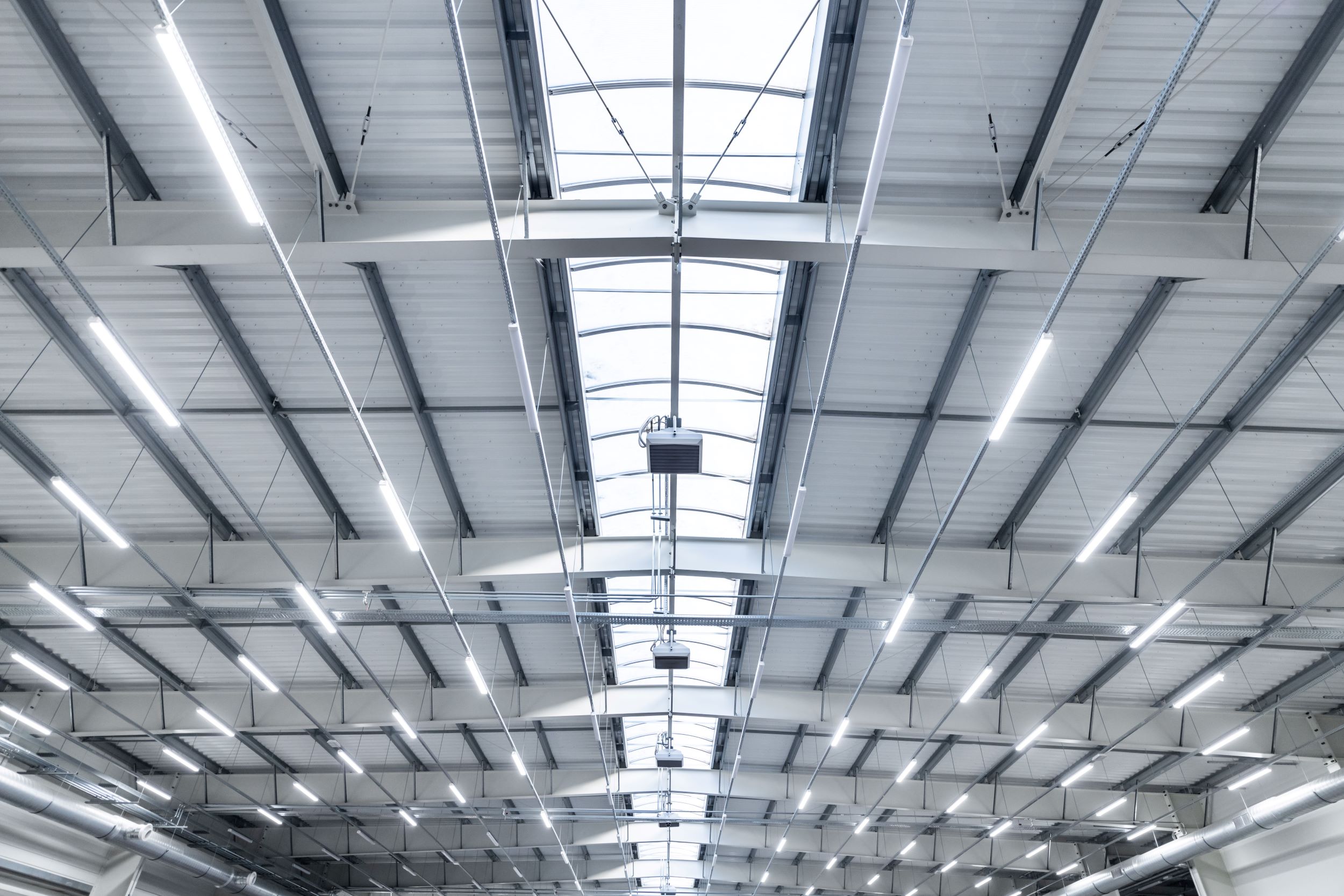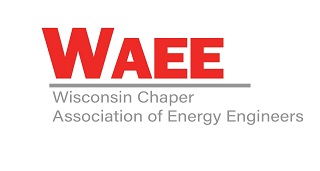
By Mike Herbst, Guest Author
(This is the first in a series of blogs on energy goals: Cost, Resilience and Sustainability.)
The Path to Smarter Energy™ (PTSE) consists of many opportunities to implement energy efficiency related projects. Measures may include lighting updates, HVAC control, building automation systems, electric vehicle (EV) charging infrastructure, solar implementation, battery energy storage and many others. Each can be considered based on their benefits toward helping our customers reach their energy goals.
In most cases, energy projects are evaluated on initial cost or a return-on-investment (ROI) basis. While that is an effective method when comparing equivalent products, most measures present options that consist of various levels of quality and technology, which need to be further examined.
As an example, let’s evaluate two LED lighting solution options for a distribution center. Annual hours of operation are 6,240 and blended kWh cost of electricity is 14¢.
Option 1: Client requests us to re-lamp (500) existing 6-lamp T5HO fluorescent fixtures with (3,000) T5HO LED lamps (Type A – ballast compatible).
| Project Cost | $75,127 |
| Annual Savings | $82,555 |
| Utility Incentive | $ 5,250 |
| Tax Credit | $ 9,466 |
| Net Cost | $60,411 |
| ROI | 0.73 year payback |
Option 2: FTI recommends replacing those 500 existing 6-lamp T5HO fluorescent fixtures with a networked lighting system, consisting of 500 nLight® AIR equipped LED high bay fixtures.
| Project Cost | $301,820 |
| Annual Energy Savings | $121,430 |
| Annual Asset Savings | $ 14,400 |
| Avoided Lifecycle Costs | $ 9,673 |
| Utility Incentive | $ 46,125 |
| Tax Credit | $ 38,029 |
| Net Cost | $193,593 |
| ROI | 1.51 year payback |
At first glance, our Option 1 appears to be the preferred choice. It has a lower initial cost, which makes it easier to fund, and has a better ROI. What this “simple” analysis doesn’t capture are the life cycle cost benefits of Option 2, along with the negative aspects of Option 1.
When presenting Option 1, we would remind the client this scope consists of only changing out light bulbs. We would also point out risk factors associated with this option, such as existing ballasts are likely to fail before lamps reach end of life, existing lamp holders are likely brittle and would need to be changed, efficacy of the existing fixture won’t be as good with LED lamps (compromised light levels). These items add potential cost to the installation.
Also, these new bulbs have a rated life of 50,000 hours That means in eight years, we’ll be spending roughly the same amount of money as the original project cost to replace them (in addition to ballasts and lamp holders). A long-term analysis of this option would look like this:
| Option 1 | Cumulative Life Cycle Cost | ||
| At Year 1 | At Year 10 | At Year 20 | |
| Project/Re-lamp Cost | $ (60,411) | $ (135,538) | $ (210,665) |
| Annual Energy Savings | $ 82,555 | $ 825,550 | $ 1,651,100 |
As for Option 2, a networked lighting system offers the following features that contribute to additional cost/energy savings:
- Dimming control.
- Gives occupants the ability to fine tune light levels.
- Occupancy control and daylight harvesting.
- Further reduce energy consumption and extend fixture life when fixtures are dimmed.
- Zone control.
- Fixtures are controlled in groups instead of individually, which provides increased savings.
- Capability of providing asset tracking, system data for optimization and real time location services.
- Ability to track forklift traffic to determine overall need and evaluate safest routes. Can also track charging times to help schedule off-peak usage.
Since these are new dedicated LED fixtures, our client won’t have the risk associated with retrofitting existing fixtures (Option 1). The new fixtures have a rated life of 150,000 hours, 24 years for this example, which is three times longer than lamps. A long-term analysis of this option would look like this:
| Option 2 | Cumulative Life Cycle Cost | ||
| At Year 1 | At Year 10 | At Year 20 | |
| Project Cost | $ (193,875) | $ (193,875) | $ (193,875) |
| Annual Energy/Asset Savings | $ 142,208 | $1,566,077 | $ 3,132,154 |
We now realize that at an acceptable 20 years of operation milestone, Option 2 costs $16,790 less than Option 1, while saving almost twice as much.
The above example highlights the value of working with a qualified expert when evaluating specific lighting options. When developing plans to achieve your energy savings goals, similar types of options will be available for other energy efficiency measures as well. The low-cost solution is not always the most advantageous, technically or financially. While not all aspects of a particular solution are easy to quantify, we should still consider those long-term benefits. As utility rates continue to rise, the cost savings benefit will increase as long as the asset performs properly.
When evaluating energy upgrade projects, please consider the magnitude of the decision. Once these ROI opportunities are realized, any follow-up project likely would not produce the same level of payback.
Do you have energy efficiency goals that need to be met? FTI can help you Redefine What’s Possible – contact us today.
Mike Herbst is a project manager with Faith Technologies, a sister division to EnTech Solutions.
Thank you for checking out the EnTech Solutions blog. To stay up to date with technologies, developments and trends about clean energy, please subscribe.








